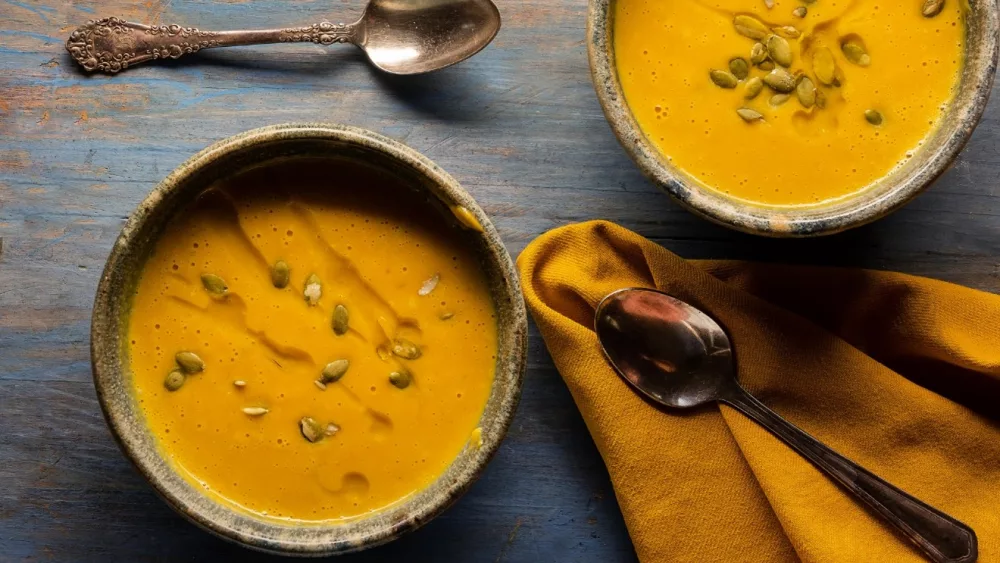
Grape Harvest
In early February, the California Department of Food and Agriculture Preliminary Grape Crush Report for 2020 highlighted what many local grape growers and wine producers already knew: both the total number of tons and the average price of Northern California winegrapes had been decimated.
In the Napa Valley—known for its high-priced grapes and resulting wine—the amount of Cabernet Sauvignon harvested was down by 43 percent when compared to the previous year, and the average price per ton was off by more than 21 percent. In Sonoma County, the region’s premier grapes—Chardonnay and Pinot Noir—were down 34 percent and 39 percent by volume and 4 percent and 20 percent by price, respectively.
The list of reasons for the dismal performance of California winegrapes reads more like a passage from the Book of Revelations than what is an accurate description of our times. An ongoing drought, a pandemic and ravenous fires that tore through the region all combined to produce what amounts to a perfect storm that seemed to conspire against what might have been one of the finest harvests in recent memory.
Cash crunch
Many growers are facing a cash crunch unlike any they’ve seen. First, those who were able to sell their fruit did so at a lower price and moved much less volume. Vineyard owners expecting to receive $100,000 for a crop of Napa Valley Cabernet Sauvignon likely brought in a little more than $60,000 because of reduced crop load. Beyond that, many buyers were balking at the prices, with some growers accepting a one-year price reduction that further lowered the amount received. No matter which scenario, the grower would likely be paid many months later than normal because wineries—especially those selling higher-priced wines—have also been hit by reduced sales due to the pandemic. Many are looking to extend their grape-crop payouts into 2021.
If that same grower attempted to submit a claim for lost-crop insurance she’d be out of luck because she had actually sold the crop, just at a lower price than in previous years. If, on the other hand, the winery had rejected her grapes due to actual—or even the threat of—smoke damage, the grower could submit a claim to her insurance company for the lost crop. Doing so would require certified lab tests that the grapes were tainted “enough” with smoke, and then the actual payout would be influenced by both a reduced average crop estimate and also a reduced average price.
Beyond the immediate hit from 2020, grape growers are experiencing a flood of cancelled contracts from wineries looking to re-calibrate their own programs. Even before the pandemic, wine consumption, which had been growing steadily for decades, was beginning to slow. And although there was initially a bump in wine sales at the beginning of the pandemic, much of this looks to have been related more to the hoarding of supplies rather than a general increase in wine consumption. Instead, it appears that consumers are not drinking much more wine than before and many have shifted toward spirits as an alternative. The thinking is that a bottle of gin might be opened and reopened over the course of weeks whereas a bottle of wine must be consumed within a certain time-frame before going bad.
Predicting future performance
At the moment, both growers and wineries are working with their bankers for financing. In normal years this means having a look at the previous year’s results and using them as a baseline for predicting future performance. Can you imagine those conversations this year? On the grower side, it’s reasonable to imagine that banks see continued issues with smoke taint from future fires, an ongoing erosion of price per ton of grapes and increased reluctance on the part of wineries to enter into long-term contracts. On the winery side, a banker will see lower 2020 inventory, meaning lower future sales potential and slackening consumer demand with a possible small offset of the downward trend linked to the benefit of lower future grape prices.
The wine-grape slaughter of 2020 does have possible long-term silver linings. First, the dismal performance will go a long way to help reduce general oversupply in the marketplace, and growers have greatly accelerated their removal of existing low-performing vineyards. Taken together, 2020 has forced nearly all grape growers and wine producers alike to reimagine their longer-term business strategies under what is an avalanche of challenges. Does anyone come out ahead from 2020? Yes. Wine consumers will feel little of the pain, unless, of course, you count the anguish of how best to select one of the many high-quality wines from the ever-expanding discount rack.




